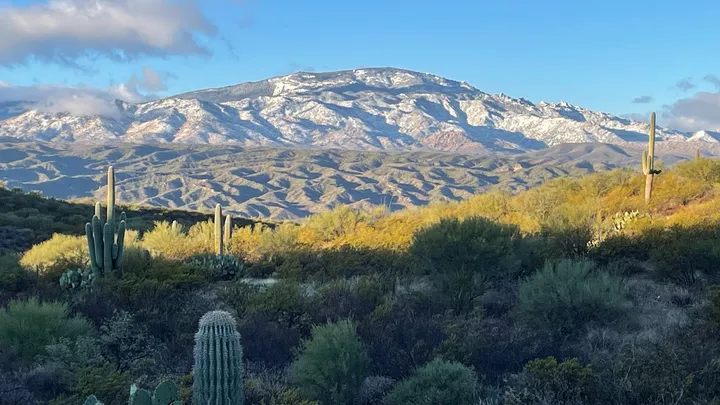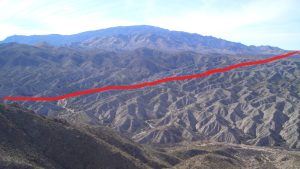
A place rich in wildlife and human history
The San Pedro River is the last undammed, free-flowing river in the state of Arizona and the entire Southwest region. This river provides critical habitat to over 400 species of migrating birds, 80 species of mammals, 40 species of reptiles and amphibians, and several endangered native fish species. The American Bird Conservancy recognized the San Pedro as its first “globally important bird area” In the United States, stating that it is “the largest and best example of riparian woodland remaining” in the Southwest. In addition, archeologists have found evidence that humans have occupied this area for at least 11,000 years. There are numerous cultural sites in the area, some of which have not yet been researched or cataloged.
Despite many attempts over the past three decades, the middle San Pedro River Valley has remained intact and untouched by large-scale development due to the steadfast commitment by the Cascabel Working Group and several other stewards of this land. Now it is threatened by the SunZia Transmission Project that intends to cut 33 miles of new power line corridor through the heart of this precious ecosystem.
The pot warms to a boil
The SunZia Transmission Project was first introduced in 2006, primarily to serve a co-owned fossil-fueled generation plant at Bowie, Arizona. The purpose was shifted in 2008 by SunZia to also provide transmission capacity for renewable energy generation in both New Mexico and Arizona. However, quite recently the purpose again shifted to almost exclusively bring wind energy from Central New Mexico to Central Arizona where it would likely be sold to energy markets in California, but still insisting on a route through Bowie, Arizona. Since 2009, residents and conservation organizations in the San Pedro River Valley have spent thousands of hours fighting to keep this project out of the area, but their efforts and concerns have been ignored by the Arizona Corporation Commission (ACC).
Since the conception of this project, Peter Else, a resident of Mammoth, AZ, has attended all SunZia hearings, raising valid and documented arguments against the proposed route, demanding that the ACC follow its own rules and regulations—to balance electricity benefits for Arizona and the associated environmental impacts.
At the last hearing in November 2022, despite major changes to the project plan, the ACC approved the Certificate of Environmental Compatibility for the SunZia Transmission Project. The changes that SunZia made should have warranted two entirely new Certificates of Environmental Compatibility, and the ACC should have required more evidence about whether or not this project will benefit Arizona in the ways claimed by the owners during past hearings. There are obvious alternative routes the transmission lines could take that would follow existing development and infrastructure, but these have not been seriously considered by SunZia because they would not pass near their planned and co-owned generation plant in Bowie, Arizona and would require more permitting.
A time for intervention
It is on these legal discrepancies that Peter Else has volunteered to be a legal intervenor for this case. In December 2022, Else hired two attorneys from the highly reputable Phoenix law firm Tully Bailey LLC. Lead attorney Ilan Wurman is one of the most knowledgeable administrative law attorneys in the United States. He is a professor of administrative and constitutional law at the Sandra Day O’Connor College of Law at Arizona State University and has written numerous books on administrative and constitutional law. Steve Tully is a founding partner of the Tully Bailey law firm and has practiced law for more than 30 years. He regularly handles appeals and argues before the Ninth Circuit Court of Appeals, the Arizona Supreme Court, and the Arizona Court of Appeals.
On December 12, 2022, Tully Bailey submitted an Application for Rehearing to the ACC. The application was ignored by the ACC and on January 26, 2023, Else and his attorneys filed a complaint to the Arizona Superior Court.
Our goal is not to stop this project or to stand in the way of renewable energy. Our goal is to protect one of the last remaining desert riparian ecosystems in the United States. Biodiversity provides the planet and humanity with resilience. In these tumultuous times of climate crisis, we need to do everything in our power to conserve what little biodiversity we have left, not only in our self-interest but for the generations to come. We do not need to make this false choice between energy development and protecting our last remaining major wildlife-supporting landscapes.
In defense of land, water, plants, animals, and our global community we invite you to support and share this important campaign.
In solidarity,
Stewards of the Middle San Pedro
Home | Brief History | Associates | Updates | Stay Informed | Support our Campaign
